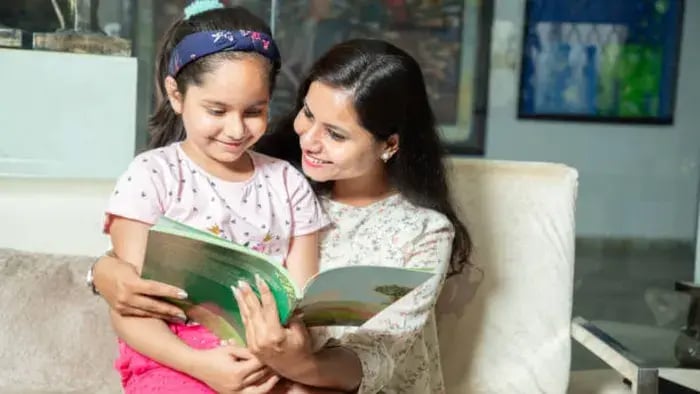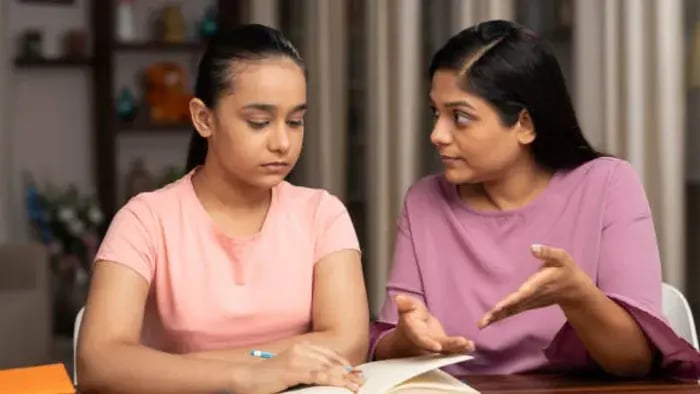- Rani Lakshmibai
- Sarojini Naidu
- Aruna Asaf Ali
- Matangini Hazra
- Kamaladevi Chattopadhyay
Introduction

Before the tricolor rose in India, the courage of the people had already taken flight, and many of those voices were of women. These women didn’t wait for the spotlight. They carried messages through forests, raised revolts from their homes, and led troops from the front, all with a sense of purpose that went beyond personal gain. They believed in freedom not just for themselves but for every Indian and stood firm even in the face of prison, exile, and death.
Rani Lakshmibai of Jhansi rode into battle with her infant son on her back. Sarojini Naidu moved hearts through poetry and protest. Aruna Asaf Ali held the Quit India flag high when others were afraid to act. Kasturba Gandhi quietly but powerfully supported civil disobedience from within communities. And Madam Bhikaji Cama hoisted the first Indian flag on foreign soil, to challenge the world to notice India’s struggle.
Their stories are living examples of what it means to be convictional. Through their resistance, leadership, and sacrifice, these women changed the course of India’s freedom struggle. Their names continue to inspire a new generation to stand tall, speak up, and believe in a cause bigger than themselves.
5 Indian Women Who Played a Powerful Role in the Freedom Movement

Every struggle needs voices that rise above fear. In India’s freedom movement, several women became powerful voices. Their paths were different; some took up weapons, some used poetry and politics, others stood at the frontlines with sheer determination, but their goal was the same: to see India free.
These freedom fighters didn’t wait to be asked or invited into the fight. They stepped up, led with heart, and proved that bravery knows no gender. Explore the lives of 5 incredible women who played unforgettable roles in shaping the country’s future.
Rani Lakshmibai
Born as Manikarnika Tambe in 1828 in Varanasi, Rani Lakshmibai became the Queen of Jhansi after marrying Maharaja Gangadhar Rao. At just 29 years old, she played a key role in the Revolt of 1857. After the British rejected her adopted son's claim to the throne, she refused to surrender Jhansi. Trained in horse riding, archery, and swordsmanship from a young age, she led her army in direct combat, disguised as a soldier. She died in the battle of Gwalior in 1858, which marked her as a national symbol of bravery.
Sarojini Naidu
Born in 1879 in Hyderabad to a Bengali family, Sarojini Naidu was a gifted poet and speaker. By the age of 35, she was already involved in the Indian Nationalist movement. A supporter of Mahatma Gandhi, she actively participated in the Non-Cooperation Movement, Salt March, and Civil Disobedience. She was arrested multiple times, becoming the first Indian woman to preside over the Indian National Congress in 1925 and later the first woman Governor of Uttar Pradesh after Independence. She used her words and public leadership to inspire peaceful but firm resistance.
Aruna Asaf Ali
Born in 1909 in Kalka, Haryana, Aruna joined the independence movement in her 20s after marrying Congress leader Asaf Ali. She became nationally recognized at age 33 during the Quit India Movement of 1942, when she courageously hoisted the Indian flag at the Gowalia Tank Maidan in Bombay, despite the mass arrest of senior leaders. She then went underground to carry on the resistance through secret networks. For her bravery and persistent activism, she received the nickname “Grand Old Lady of the Independence Movement.”
Matangini Hazra
Born in 1869 in the small village of Hogla near Tamluk, Matangini Hazra came from a farming family. She joined the freedom struggle in her early 60s, participating in protests and spinning khadi. In 1942, at age 73, during the Quit India Movement, she led thousands to storm a local police station. She was shot by British soldiers but continued marching with the tricolour in hand until she collapsed. The final words of Matangini Hazra were “Vande Mataram,” which paved the path of Bengal’s revolutionary history.
Kamaladevi Chattopadhyay
Born in 1903 in Mangalore, Kamaladevi was deeply influenced by the nationalist spirit from her teen years. At 27, she joined Mahatma Gandhi’s Salt Satyagraha in 1930 and was the first woman to be arrested for entering a “prohibited” area in Bombay to sell salt. She later focused on empowering Indian women through cooperative movements and post-independence, revived Indian handicrafts, folk arts, and theatre. Institutions like the Crafts Council of India and the National School of Drama exist today because of her visionary cultural work.
Conclusion

These five women helped shape the soul of a free India. Their courage came in many forms, on horseback, in prison cells, in poetry, or among protest crowds, but their impact was united. As you read about Rani Lakshmibai, Sarojini Naidu, Aruna Asaf Ali, Matangini Hazra, and Kamaladevi Chattopadhyay, remember that history wasn’t just written by kings and generals. It was also written by brave women who carried India forward, one fearless step at a time.
Her love for storytelling began with reading her grandfather’s speeches, where Tarishi saw the power of words in creating lasting memories. Combining her passions for food and writing, she has turned her life into a fulfilling path of sharing stories that celebrate flavours and how food brings communities together.
The views expressed are that of the expert alone.
The information provided in this content is for informational purposes only and should not be considered a substitute for professional medical advice, diagnosis, or treatment. Always seek the advice of your physician or another qualified healthcare provider before making any significant changes to your diet, exercise, or medication routines.
















